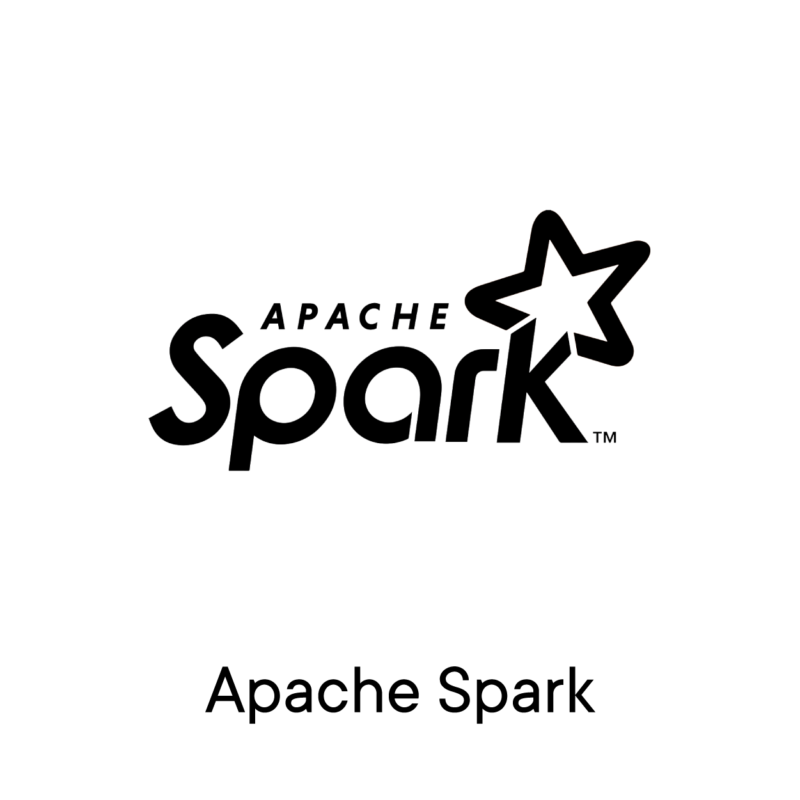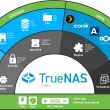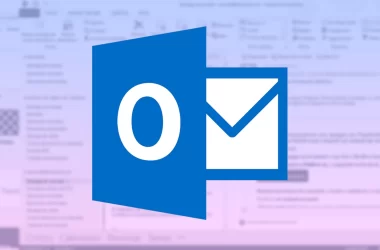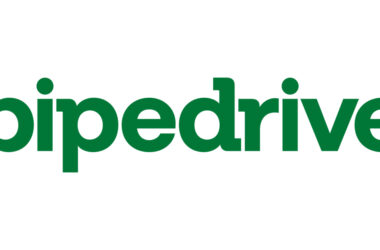In the realm of big data processing, Apache Spark has long been hailed as the go-to solution. Its lightning-fast in-memory processing, scalability, and versatile capabilities have made it a favorite among data engineers and analysts. However, as the landscape of data processing tools evolves, it’s essential to consider Spark alternatives that can address specific needs or constraints. In this comprehensive article, we’ll delve into a range of Apache Spark alternatives, each with its own unique features, limitations, and use cases.
Understanding Apache Spark
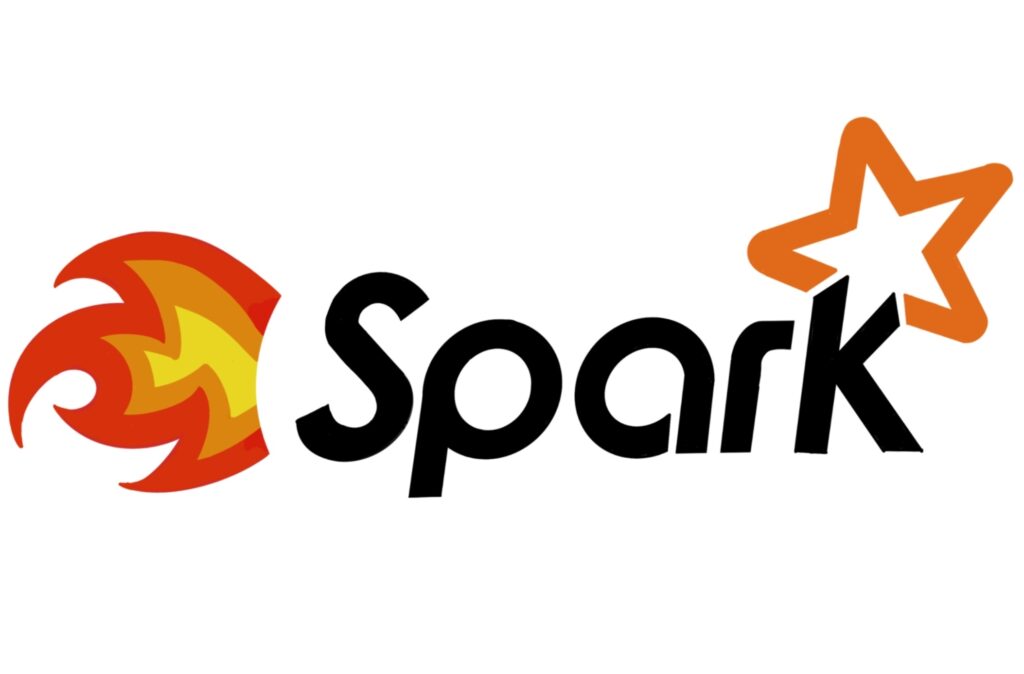
Before we embark on our journey to explore Spark alternatives, let’s take a moment to understand what makes Apache Spark such a formidable player in the big data arena.
Features that Set Apache Spark Apart
Apache Spark has garnered widespread acclaim due to its remarkable features. These features set it apart as a versatile and powerful data processing framework:
- In-Memory Processing: One of Spark’s standout features is its ability to cache data in memory. This approach significantly accelerates data processing, making it ideal for iterative machine-learning algorithms and interactive queries. By reducing the need for costly disk I/O operations, Spark achieves blazingly fast performance.
- Versatile APIs: Spark offers APIs in multiple languages, including Scala, Java, Python, and R. This versatility fosters collaboration among diverse teams of developers and data scientists. Each programming language brings its unique strengths, allowing organizations to leverage their existing expertise.
- Unified Processing Engine: Spark is a unified platform that supports batch processing, interactive queries, streaming data, and graph processing within a single framework. This unification streamlines development efforts, reduces complexity, and minimizes the need for managing disparate tools.
- Wide Ecosystem: Spark’s compatibility with other big data tools like Hadoop, Hive, and HBase extends its use cases. Data engineers can leverage these integrations to harness the power of Spark in various contexts, from ETL (Extract, Transform, Load) to advanced analytics.
Limitations of Apache Spark
Despite its many strengths, Apache Spark isn’t without its limitations. Understanding these limitations is essential for making informed decisions about Spark alternatives:
- Complexity: Spark’s versatility comes at a cost—it can be complex, particularly for beginners in the big data world. Its myriad of components, configuration options, and optimization techniques can be daunting, requiring a considerable investment in training and expertise.
- Resource Intensive: Spark’s in-memory processing demands significant memory resources, which can be costly to provision. Maintaining a Spark cluster with ample memory can strain infrastructure budgets, particularly for organizations with limited resources.
- Latency: While Spark excels in batch processing and micro-batch streaming, it may not meet the low-latency requirements of some real-time applications. For use cases demanding near-instantaneous data processing, Spark alternatives tailored for low-latency stream processing might be more suitable.
- Scaling Challenges: Handling extremely large datasets can be challenging, and scaling Spark clusters efficiently requires careful planning. This can pose scalability challenges, especially in dynamic environments with fluctuating data volumes. Organizations need to plan their scaling strategies meticulously.
Why The Need To Look For Spark Alternative?
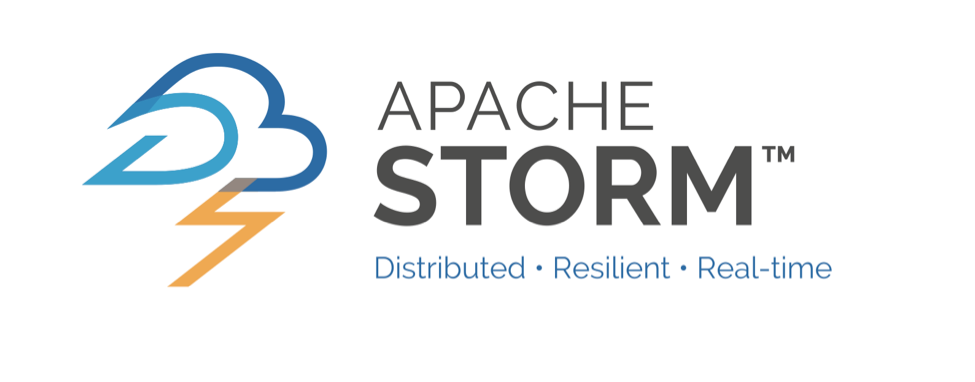
While Apache Spark offers a robust and versatile data processing framework, there are specific scenarios and challenges that prompt organizations to explore alternatives. Here are key reasons behind the need to consider Spark alternatives:
1. Complexity and Learning Curve
Apache Spark’s powerful capabilities come with a steep learning curve. Data engineers and data scientists often require extensive training and expertise to harness Spark effectively. For organizations with limited resources or those looking for faster time-to-insight, the complexity of Spark may be a deterrent. As a result, they seek Spark alternatives that offer a more accessible learning curve and quicker onboarding for their teams.
2. Resource Constraints and Cost
Spark’s in-memory processing demands substantial memory resources, which can be expensive to provision and maintain. Organizations operating on tight budgets or with limited hardware infrastructure may find it challenging to allocate the necessary resources for Spark clusters. The cost of scaling Spark to handle growing data volumes can also be prohibitive. Consequently, they explore Spark alternatives that are more resource-efficient and cost-effective.
3. Real-Time and Low-Latency Requirements
While Spark excels in batch processing and micro-batch streaming, it may not meet the stringent low-latency demands of some real-time applications. Use cases such as fraud detection, recommendation engines, and IoT data processing require near-instantaneous data processing and decision-making. Spark’s inherent latency may be a limitation in such scenarios, compelling organizations to seek Spark alternatives with better real-time capabilities.
4. Specialized Use Cases
Some organizations have highly specialized use cases that demand specific features or optimizations not readily available in Spark. For instance, applications in the financial sector may require deterministic processing guarantees and strong consistency, which are better addressed by alternative frameworks. In such cases, organizations explore Spark alternatives tailored to their niche requirements.
By recognizing these compelling reasons, organizations can make informed decisions when evaluating Spark alternatives that better align with their specific needs and constraints.
Commonly Used Apache Spark Alternatives

Now that we’ve grasped the fundamentals of Apache Spark, let’s dive into a comprehensive list of Spark alternatives, each with its own strengths and unique features:
1. Hadoop MapReduce
Hadoop MapReduce was the precursor to Apache Spark and remains a relevant choice for batch processing. Its enduring popularity stems from its reliability and stability. Organizations with established Hadoop ecosystems often find MapReduce to be a seamless option.
While Hadoop MapReduce doesn’t offer the same lightning-fast in-memory processing as Spark, it excels in processing large-scale data in a distributed manner. Its simplicity and robustness make it a reliable choice for organizations dealing with massive datasets and batch-oriented workloads.
2. Apache Flink
Apache Flink excels in stream processing, offering low-latency, event-time processing capabilities. It’s an excellent choice for real-time data applications, such as fraud detection and monitoring. Flink’s support for stateful processing sets it apart in the stream processing landscape.
Flink’s architecture is designed to handle both batch and stream processing seamlessly. It provides strong consistency guarantees, making it suitable for applications where data correctness is critical. Flink’s event-time processing capabilities ensure that it can cope with out-of-order data, a crucial feature in many real-time scenarios.
3. Hive
While Hive is not a direct Spark alternative, it’s often used in conjunction with Hadoop for SQL-like querying and data warehousing. Hive’s compatibility with Spark ensures smooth data integration and query execution.
Hive excels in providing a familiar SQL interface to query big data stored in Hadoop Distributed File System (HDFS). This makes it an attractive choice for organizations with SQL-savvy teams who want to leverage existing SQL skills for big data analytics. Hive’s query optimization capabilities continue to improve, making it a viable option for complex analytical workloads.
4. Presto
Presto is a high-performance query engine that supports interactive queries on various data sources, including Hadoop and HDFS. Its ability to federate queries across disparate data stores makes it a versatile choice for organizations with diverse data infrastructures.
Presto’s ability to query data across various sources, including Hadoop, relational databases, and cloud data lakes, positions it as a powerful tool for modern data architectures. It offers excellent query performance and is well-suited for ad-hoc analytical queries. Organizations looking to unify data access across multiple data platforms often turn to Presto.
5. Impala
Impala is designed for low-latency queries on Hadoop data, making it suitable for interactive business intelligence and analytics. Organizations seeking real-time insights from their big data stores often turn to Impala for its query speed and compatibility with popular BI tools.
Impala’s unique selling point is its ability to deliver near-real-time query performance on Hadoop data. It offers low-latency, interactive querying, making it a preferred choice for data analysts who require instant insights from their big data repositories. Impala integrates seamlessly with the Hadoop ecosystem, allowing organizations to leverage existing data and infrastructure investments.
6. Apache Tez
Apache Tez is an extensible framework for high-performance batch and interactive data processing, often used as an execution engine for Hive and Pig. Its focus on optimizing data movement and task scheduling can lead to significant performance gains in certain scenarios.
Tez aims to improve the execution speed of data processing tasks by optimizing the execution plan. It excels in scenarios where data pipelines involve multiple stages of processing. Tez’s efficient resource management and dynamic task scheduling make it an attractive option for organizations looking to optimize query performance in their big data workflows.
7. Apache Storm
Apache Storm specializes in real-time stream processing, making it a strong choice for applications requiring low-latency data processing. Use cases range from real-time analytics to processing sensor data in IoT applications.
Storm’s core strength lies in its ability to process data in real-time as it arrives, making it suitable for applications where timely insights are critical. It offers high fault tolerance and guarantees message processing, making it a reliable choice for applications that require continuous data processing. Storm’s rich ecosystem of connectors and spouts makes it versatile for various streaming use cases.
8. Apache Samza
Apache Samza is designed for simplicity and scalability in stream processing, ideal for real-time data applications. It seamlessly integrates with Apache Kafka, facilitating the development of end-to-end stream processing pipelines.
Samza’s close integration with Kafka simplifies the development of real-time streaming applications. It excels in scenarios where data consistency and fault tolerance are paramount. Samza’s simplicity and lightweight nature make it an excellent choice for microservices architectures, where scalability and reliability are essential.
9. Kafka Streams
Kafka Streams, built on Apache Kafka, is a robust choice for building real-time data pipelines and stream processing applications. Its tight integration with Kafka ensures data durability and fault tolerance.
Kafka Streams is particularly well-suited for organizations that already use Kafka as their messaging backbone. It allows developers to create real-time processing applications without the need for external stream processing frameworks. Its strong durability guarantees that data is never lost, making it suitable for critical data processing workflows.
10. Databricks
Databricks offers a managed Spark environment with collaboration tools and a notebook interface, simplifying data engineering and analysis tasks. Its ease of use and integration with popular cloud platforms make it a compelling option for organizations seeking a turnkey solution.
Databricks provides a unified data analytics platform that integrates seamlessly with Spark. It offers a collaborative workspace for data engineers, data scientists, and analysts to work together on data-driven projects. Databricks’ auto-scaling capabilities and integration with cloud services simplify the deployment and management of Spark clusters.
11. Google Dataflow
Google Dataflow, part of Google Cloud Platform, provides both batch and stream data processing capabilities, with integration options for various data sources. Its managed service approach relieves organizations of infrastructure management burdens.
Google Dataflow is designed to offer a simplified experience for building data pipelines. It abstracts away much of the infrastructure management, allowing data engineers and developers to focus on the logic of their data processing workflows. Dataflow’s serverless model automatically handles resource provisioning and scaling, making it suitable for organizations looking to minimize operational overhead.
12. Microsoft Azure HDInsight
Azure HDInsight is a cloud-based service supporting multiple big data frameworks, including Spark, making it suitable for various data processing needs. Organizations invested in the Microsoft ecosystem often find HDInsight a seamless choice.
Azure HDInsight provides a fully managed big data service on Microsoft Azure. It offers a range of data processing frameworks, including Spark, Hadoop, HBase, and more. HDInsight simplifies cluster management, allowing organizations to focus on data analytics rather than infrastructure maintenance.
13. AWS Glue
AWS Glue is a fully managed ETL service with Spark job execution capabilities, making it a valuable asset in the Amazon Web Services ecosystem. Its serverless architecture simplifies ETL pipeline development and maintenance.
AWS Glue is a serverless ETL (Extract, Transform, Load) service that automates much of the data preparation process. It offers native Spark integration, allowing organizations to leverage Spark for data transformation tasks. Glue’s job scheduler and metadata catalog make it a convenient choice for organizations seeking to streamline data ingestion and transformation workflows.
Factors To Consider While Choosing The Perfect Apache Spark Alternative

Choosing the right Apache Spark alternative depends on various factors. Here are some considerations to keep in mind when making your decision:
1. Use Case
Identify your specific use case, whether it’s real-time data processing, batch processing, or a combination of both. The choice of an Apache Spark alternative should align with your project’s primary objectives.
For instance, if your primary use case involves processing real-time data streams from IoT devices, Apache Flink or Apache Kafka Streams might be more suitable due to their low-latency stream processing capabilities. On the other hand, if your focus is on batch processing and data warehousing, alternatives like Hive or Presto might fit the bill.
2. Scalability
Evaluate the scalability requirements of your project, especially if you’re dealing with large datasets and complex processing needs. Ensure that the chosen alternative can scale seamlessly to meet future demands. Consider factors such as data volume growth and concurrency requirements.
For organizations anticipating rapid data growth, solutions like Apache Flink and Apache Kafka Streams offer excellent scalability, allowing you to handle increasing data volumes without major architectural changes.
3. Integration
Consider how well the alternative integrates with your existing data ecosystem and tools. Smooth integration can streamline development and data workflows, reducing operational overhead. Compatibility with your data storage solutions, messaging systems, and BI tools is crucial.
If you’ve already built your data pipeline around Apache Kafka, choosing a stream processing alternative like Apache Kafka Streams or Apache Samza can simplify integration. Conversely, if your organization relies heavily on cloud services, managed options like Databricks (for Azure) or Google Dataflow (for GCP) might provide seamless integration with existing cloud resources.
4. Resource Constraints
Assess your available resources, including budget, hardware, and expertise, to ensure a suitable fit. Some alternatives may require more substantial resource investments than others. Budget considerations should encompass both initial setup costs and ongoing operational expenses.
For organizations with limited resources, serverless options like Google Dataflow or AWS Glue can help manage costs effectively by auto-scaling resources based on actual usage, reducing the need for large upfront investments.
5. Performance
Examine the performance characteristics of each alternative, especially concerning latency and processing speed. Conduct benchmarking tests and performance evaluations to make an informed decision. The performance of your chosen alternative should align with the performance requirements of your specific use cases.
Performance benchmarks can vary significantly based on the nature of your data and workloads. In scenarios where low-latency processing is paramount, Apache Flink or Kafka Streams may shine, whereas for complex analytical queries, Presto or Impala might deliver the required performance.
Conclusion
In the ever-evolving landscape of big data processing, Apache Spark remains a formidable contender. However, it’s crucial to recognize that various alternatives cater to specific needs and constraints. By understanding the features, limitations, and use cases of these Spark alternatives, you can make an informed decision that aligns with your organization’s goals and requirements.
Whether it’s the real-time processing prowess of Apache Flink, the simplicity of Apache Samza, or the versatility of Presto, exploring these alternatives ensures that you can harness the full potential of big data analytics. Remember that the best choice is the one that empowers your team to extract valuable insights from your data efficiently and effectively.




